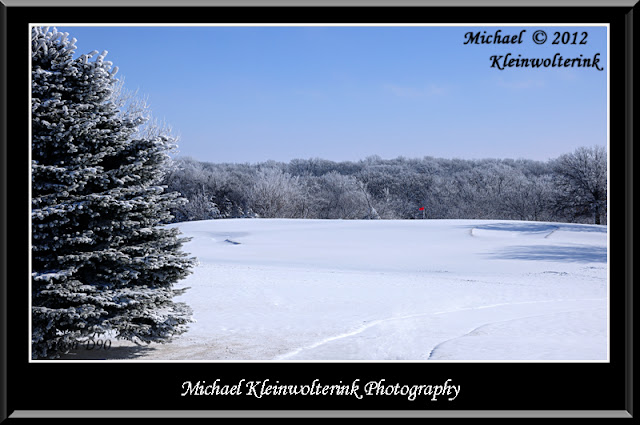I put out a few duck decoys and a robo along with my goose decoys to
bring the mallards in front of the camera. Shooting from the blind, I used the
D90 with the 70-300mm lense. Since the sun was still up, my shutter speeds were
high enough to turn off the VR on the lense allowing for quicker focus. I kept the aperture at f7.1 and shot in RAW.
Once the ducks started to work, I started clicking the shutter trying to keep
the ducks in the viewfinder. I had forgotten how quick a tornado can start when
it comes to mallards in a corn field.
I changed the white balance to direct sunlight and the picture control
to nature-landscape once I had the files in ViewNX. A monochrome picture
control was used on one of the images that I felt benefited the different look
of black and white. After changing the files to Tiff’s, PSE8 was used to clone
out unwanted background objects. Levels and hue/saturation layer masks were
used to tweak the colors the final amount and the high pass sharpen filter was
used to sharpen the images.
Laying out in the corn field with ducks all around me had me thinking
of next year’s duck season already but before that, I get to chase snow geese
and gobblers.






































